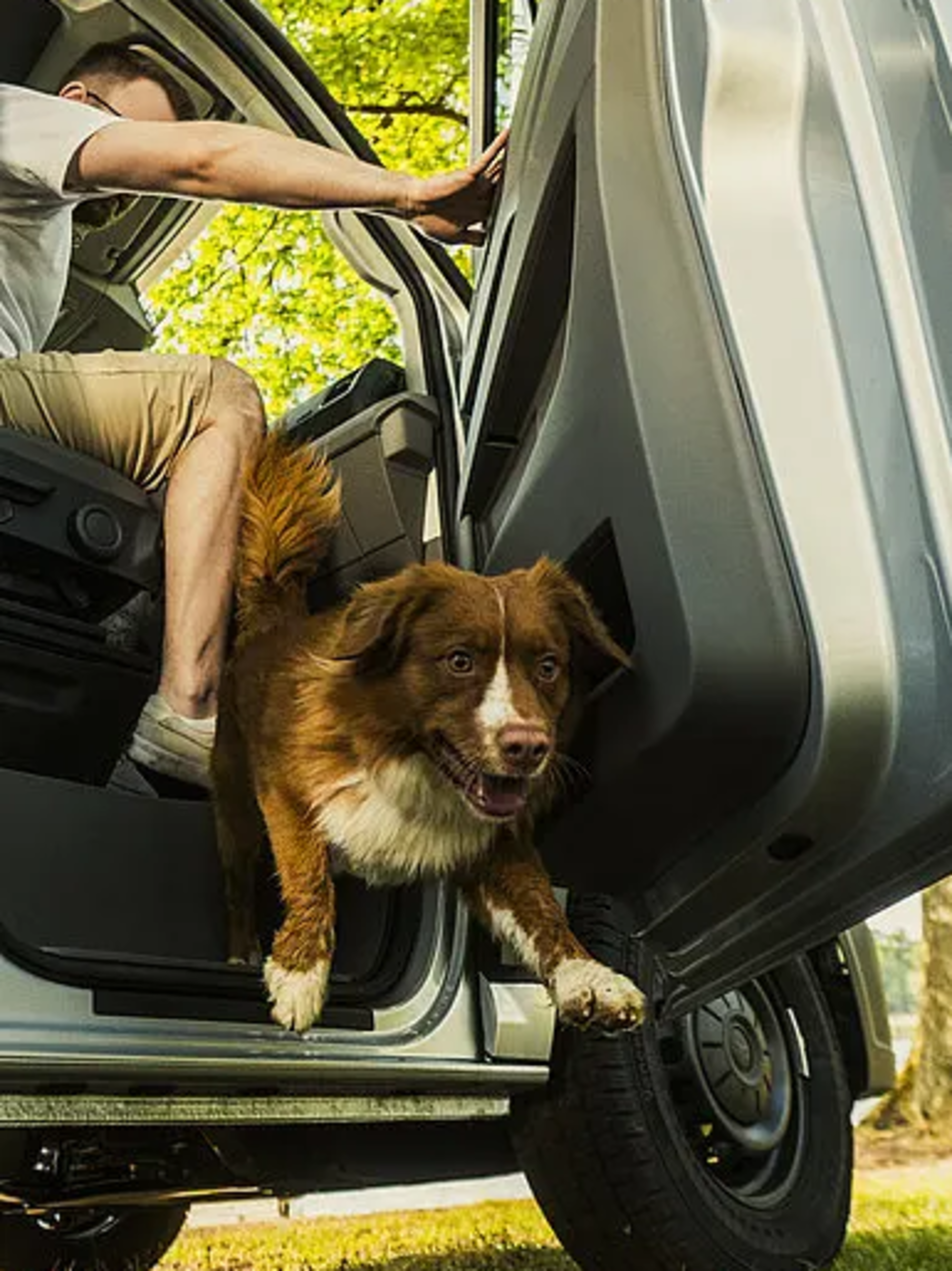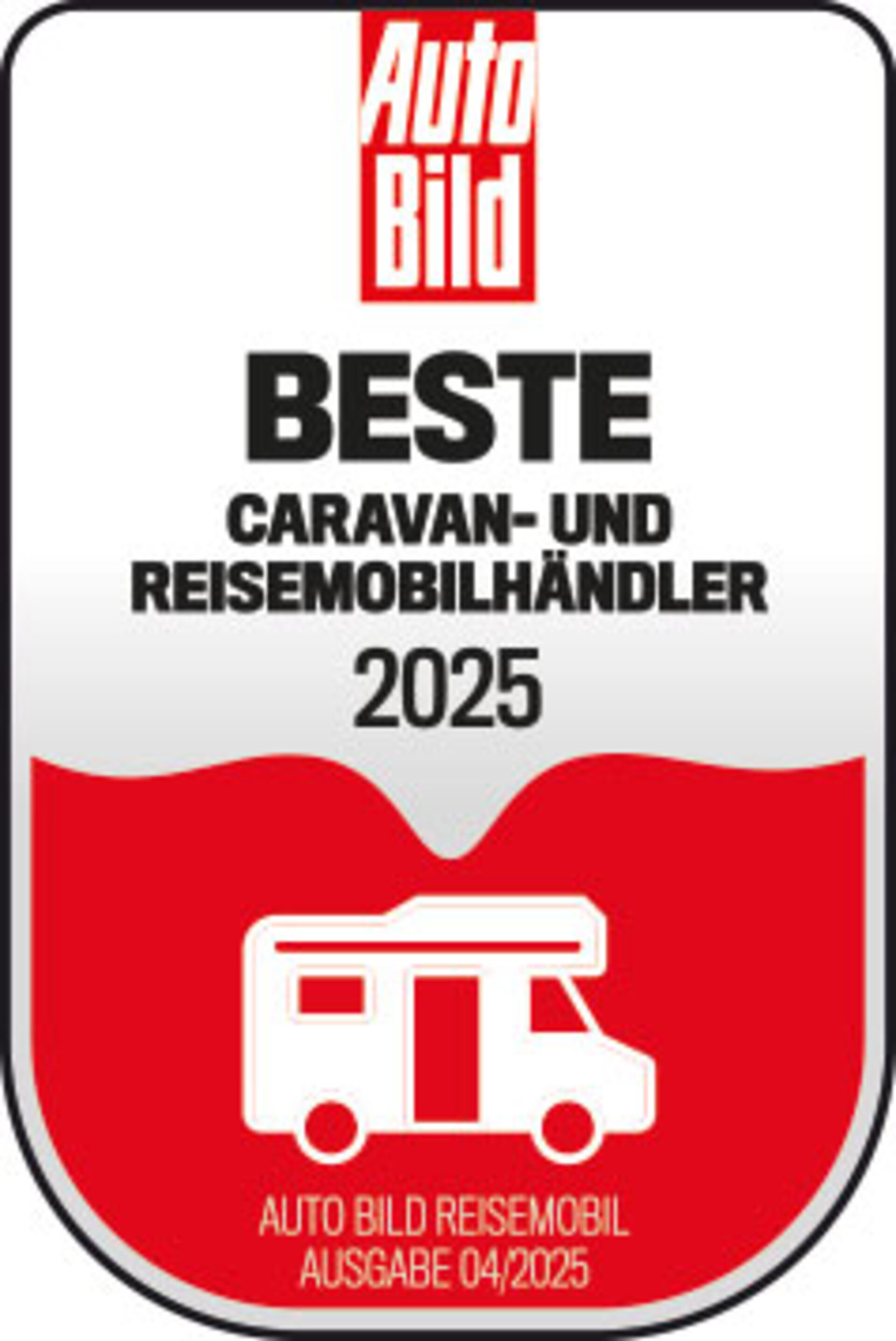Check vaccination status
Before you set off, you should make sure that your dog's vaccination status is up to date. Some countries have specific vaccination requirements for pets, so it is important that your dog is properly protected. Find out in advance about the vaccination regulations of the respective country and bring all the necessary documents with you.
Entry requirements and documents
Find out about the entry requirements and regulations for pets in your destination country. Some countries require certain documents such as an EU pet passport, microchip identification, or even specific health certificates. Make sure you obtain all the necessary documents in good time to avoid problems at the border.
Dog first aid kit
Pack a dog first aid kit with the most important medications and bandages. It is better to be safe and prepared in case your dog gets sick or injured while traveling.
Dog-friendly campsite
Not all campsites are suitable for dogs, so it is important to look for dog-friendly options in advance. Check the facilities and make sure your four-legged friend is welcome.
Safety while driving
Think about your dog's safety while traveling. There are various ways to secure your dog in a motorhome, whether with a special dog harness, a transport box, or a safety gate. Choose the option that best suits your dog and your vehicle to prevent accidents.


If you want to travel abroad with your dog, there are a few important things you should bear in mind:
When planning a trip abroad with your four-legged companion, it is essential to observe the entry requirements in order to avoid unpleasant surprises. In particular, a valid rabies vaccination is required for your dog to leave Germany safely. If this important vaccination is missing, significant problems can arise, which in the worst case could result in your beloved pet having to be left behind at the border.
If you plan to stay at a campsite in a motorhome during your trip, it is advisable to check in advance whether pets are allowed there. You can contact the campsite owner directly or search for information on the respective campsite websites. If you cannot find clear information, we recommend sending an inquiry to clarify whether dogs are welcome at the campsite.
Please note that additional fees are often charged for bringing a dog. It is therefore advisable to be prepared for possible additional costs.
How can you make traveling in a motorhome easier for your dog?
Before setting off on your trip, it is important that your dog gets used to the motorhome. Test in advance how your four-legged companion reacts to the vehicle. Can he get in easily, especially if he is already a bit older? Does he suffer from motion sickness during normal car journeys? How long can he travel without a break? These findings will help you to adapt your travel plan to your dog's needs.
Ensure sufficient space for your dog
No matter what type of restraint you choose for your dog, it is important that there is enough room for it to move around. Your dog should be able to stand up comfortably in the transport box and turn around to make the journey more pleasant. At the same time, however, the dog should not have too much space to protect both the pet and the occupants in the event of an accident.
Plan regular breaks
Regardless of how the dog is secured in the motorhome, you should take regular breaks. It is recommended that you take a short break every two to three hours to give your dog the opportunity to move around. Depending on your dog's needs, the breaks can also be shorter or longer, depending on the circumstances of the journey.





